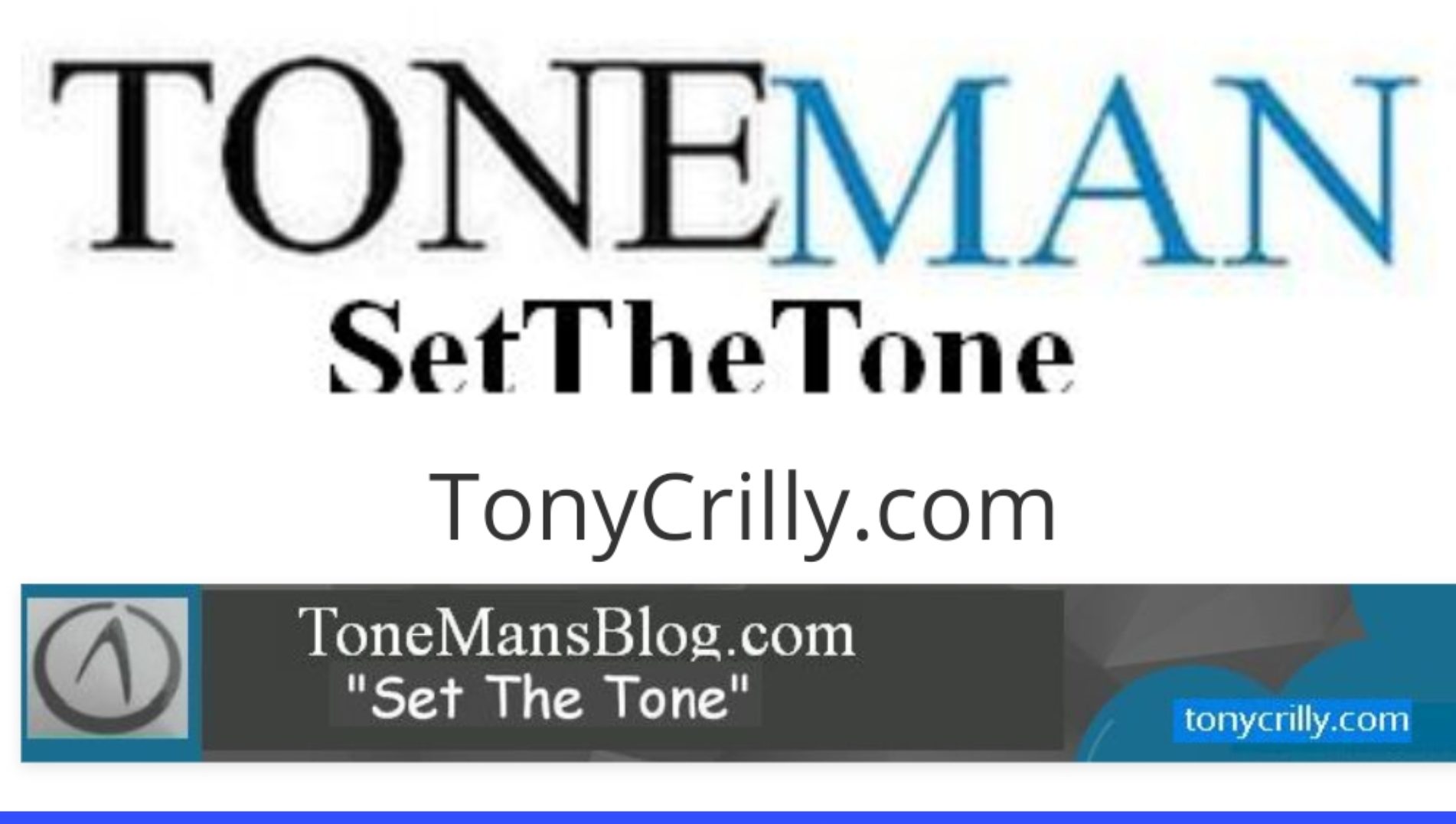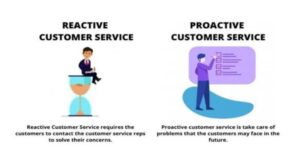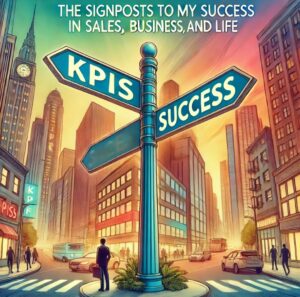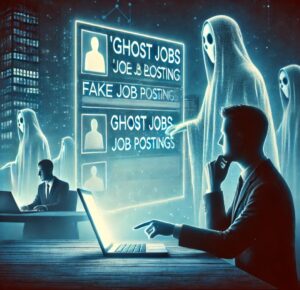The Software-as-a-Service (SaaS) model of delivering software has become wildly popular in the last decade. It was the largest market segment in the public cloud services sector in 2021, forecasted to reach a value of $117.7 billion last year. A whopping 99% of businesses now use at least one SaaS solution.
If you’re someone who works in sales, those numbers should make your eyes light up. Businesses are already seeking out SaaS solutions for more and more of their operational functions. And more and more companies are popping up to serve that need. So let’s find out how you can hop on that lucrative bandwagon and get into SaaS sales.
What is SaaS
good way to understand the SaaS model is by looking at the way companies bought software before it came around.
Back in the day, companies would buy software licenses for a one-time price, which allowed them to use it on a certain number of computers. The software would usually be hosted on a server that was on the company’s premises. Computers within the organization would be given access to the server so they could use the software.
And then SaaS showed up and turned that model on its head. Instead of hosting software on individual servers, SaaS companies let you use software that was hosted in the cloud. That meant companies didn’t need to set up their own server infrastructures anymore.
The way software was priced also changed with SaaS. Companies didn’t pay a one-time fee anymore. Instead, they purchased subscriptions to the software, giving them access to the cloud-hosted software tool for the duration of the subscription.
The cloud-based approach of SaaS turned out to be a boon for companies. It was easy to scale up the use of software now; all you needed to do was purchase a subscription that gave access to a higher-bandwidth or more feature-rich version of the product. This made companies more agile and less prone to failures resulting from their software tools giving out.
It was also a better model for companies that made software. Earlier, they would ship updates only with new versions of software, which usually came out once a year. But with SaaS, they can now ship small updates often, since the software is hosted on the cloud.
For all those reasons, SaaS became popular across industries. It is now common for CRMs, billing software, warehouse management tools, and healthcare software to all be delivered as SaaS tools.
Understanding the SaaS Sales Process
![How to Get into SaaS Sales [2022 Career Guide]](https://www.springboard.com/blog/wp-content/uploads/2022/02/how-to-get-into-saas-sales-2022-career-guide-scaled.jpg)
Repeatable processes are key to the success of any sales operation. Let’s take a look at the standard sales processes for a SaaS product.
Prospecting
There are many different ways you can go about prospecting SaaS customers. It helps that they tend to be digital savvy, which means that blog posts, white papers, and social media can work well with this audience.
You can meet customers in person at events and conferences. But most of your prospecting will either be inbound or occur remotely via phone and email.
Qualifying
Qualifying is the process of determining which of your leads is most likely to convert into a customer. You don’t want to try to push the rest of them further down the sales funnel only to find out that they aren’t interested in what you’re selling.
A direct way of qualifying leads is by calling them up or emailing them after they sign up for a trial or a marketing engagement like a webinar. You could also use a lead scoring tool like the one that HubSpot offers to find out which of your leads is most likely to make a purchase.
Presenting
While face-to-face sales presentations are common in other industries, that’s not the case with SaaS. You have to be able to get on a phone call with customers to understand their pain points and make a case for how your product solves them. Being able to detect customers’ emotions and interests from their tone is a key part of the SaaS sales toolkit.
After presenting, you will run into objections from customers at certain times. A good SaaS sales representative can figure out the gaps in a customer’s understanding of a product and refer to the exact feature that serves the need that they have.
Closing
The final contract terms, negotiations, and paperwork are dealt with at this stage. The most common bottleneck in this process is negotiating the price. As much as possible, you should entertain only customers who see the value in what you’re offering. You can offer free months when customers pay annually since that’s a win-win for both parties.
How I Got Into SaaS Selling
Background
It helps a lot to have a tech background when you’re trying to get into SaaS sales. A degree in a technology field can really help your cause during the interview process. Any experience that you might have working in tech companies also contributes to the cause.
That said, there are companies out there that are willing to take a bet on people who don’t have a background in tech. But you need to be able to show that you’re familiar with their SaaS product or products in that industry in general.
Skills
The following are some of the most important skills for a SaaS sales representative to possess:
Communication and Rapport Building
This one remains the same no matter what you’re selling. Whether you use inbound or outbound techniques, you have to be good at talking to people, getting the information that you want from them, and getting ideas across in a way that’s easy to understand. And once you do manage to make a sale, it’s important to know how to nurture the relationship with a customer and maintain it for a long time.
Technical Knowledge
SaaS customers are well-informed, often technically savvy professionals. They know what they’re looking for and know exactly what different products offer. SaaS sales reps need to have technical knowledge not just so they can accurately communicate a product’s benefits, but also to earn the respect of their customers.
Networking
Your interpersonal skills aren’t meant only for your prospects and customers. You should also put them to use in the service of building your network in general. Every successful SaaS salesperson should be connected with other salespeople, marketers, and SaaS entrepreneurs as a way to keep up with the industry and identify new ways to acquire customers.







